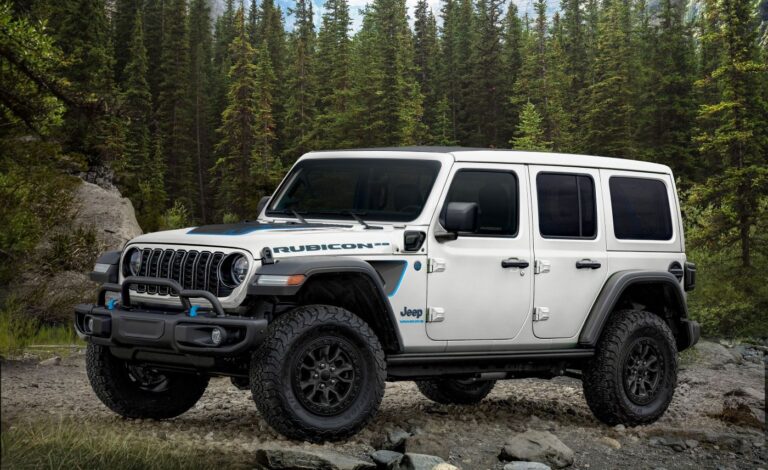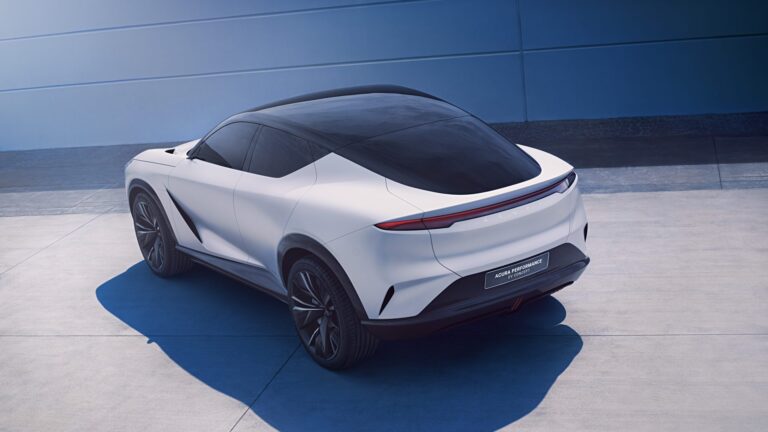Mercedes-Benz’s newest entry-level model is set to become its most advanced electric vehicle. Now fully revealed in production form, the 2026 CLA prioritizes electrification, arriving as an EV first and a hybrid second. This timeline means the electric variant will debut approximately nine months before the gas-powered version. Both versions are built on the optimized MMA platform, designed with EVs in mind.
The CLA Makes a Comeback
If it feels like the new CLA has been in discussions for a while, that’s because it has. The design was first previewed by the Concept CLA-Class in September 2023, and the final production model remains remarkably faithful to that vision. Retaining the sloped-roof, four-door coupe silhouette of its predecessor, the new CLA appears larger and more substantial. The need to accommodate an underfloor battery is a primary factor, leading to a wheelbase extension of 2.4 inches, a height increase of 1.1 inches, and an overall length increase of 1.3 inches. Additionally, the elongated greenhouse now includes rear quarter windows.
Exterior Details
The front end features a subtle forward lean, with a grille design incorporating a constellation of illuminated star elements, complemented by a large, glowing central Mercedes star. Optional Multibeam LED headlights, as seen on the concept car, showcase three-pointed-star-shaped daytime running lights connected by a light bar. The taillights echo this theme, featuring illuminated three-pointed stars linked by a strip of 40 clear illuminated louvres.
A Look Inside the CLA
The interior boasts a dash-spanning trio of screens, which Mercedes refers to as “Super” rather than “Hyper,” distinguishing it from its larger models. This setup includes a 10.3-inch instrument display, a 14.0-inch central touchscreen, and an optional passenger-side screen of similar size. However, Mercedes continues to use a touch-slider for volume control and a touch-swipe four-way button on the steering wheel.
The infotainment system runs an updated version of MBUX, featuring Google Maps navigation and Google’s Gemini AI-enhanced search. Additionally, MBUX—represented by an MB star in the upper-right corner—introduces an AI-driven feature designed to gauge the driver’s emotional state based on vocal tone, adjusting the interior lighting accordingly, much like a digital mood ring.

Rear passengers may not get an AI companion, but they do benefit from a standard panoramic glass roof. While the glass lacks a sunshade, it is treated to block UV rays, providing additional headroom under the coupe-like roofline. The rear-seat space offers improved knee clearance, and while headroom is sufficient for a six-footer, the raised floor—necessary to accommodate the battery—leaves little footroom beneath the front seats.
Customization and Trim Options
Mercedes offers a diverse selection of trim materials and upholstery colors. Trim choices include aluminum with striped or mesh patterns, two types of wood, and an innovative coated paper finish. Seat color options range from black, brown, and black with bright green accents to two-tone black and white or black and red. A special launch edition includes gold-tone trim, Tartufo Brown seating with gold piping, and a matte-black exterior accented by gold-trimmed black wheels.
Powertrain and Performance
While the first production car on the MMA platform does not reach the extreme efficiency levels of the EQXX concept, the 2026 CLA stands as the brand’s most advanced EV to date. We previously explored the CLA’s electric and hybrid powertrains in detail, but here are the key highlights.
The CLA is Mercedes’ first model to feature an 800-volt architecture, allowing for ultra-fast charging speeds of up to 320 kW. In the U.S. market, it will use an 85.0-kWh nickel-manganese-cobalt battery with integrated graphite. This battery powers a 268-hp rear-mounted motor, which drives the rear wheels via a two-speed transmission—another first for Mercedes—to maximize efficiency and range.
An available dual-motor configuration adds a 107-hp front motor, which activates only when extra acceleration or traction is needed. Otherwise, it remains disengaged to reduce energy loss. The dual-motor version is estimated to reach 60 mph in 4.8 seconds, while the single-motor variant accomplishes the same sprint in a reported 6.6 seconds.

Though official EPA figures are pending, Mercedes estimates the European WLTP range at 694 to 792 kilometers (approximately 367–418 miles under EPA methodology) for the CLA250+ with EQ Technology. The dual-motor CLA350 4Matic with EQ Technology is projected to achieve 670 to 770 km, translating to around 354–407 miles for the U.S. market.
Advanced Regenerative Braking
Mercedes has taken a bold approach to regenerative braking with the CLA. The system is entirely brake-by-wire, meaning there is no direct mechanical connection between the brake pedal and the braking components. Instead, onboard computers determine the ideal blend of regenerative and friction braking based on driver input. One-pedal driving is available, allowing drivers to adjust the regenerative braking level using the shifter stalk. Mercedes claims that up to 200 kW of energy recuperation is possible.
Additional technological firsts for Mercedes EVs include a multi-source heat pump and a front trunk (frunk) spacious enough to store a roll-aboard suitcase.
The Upcoming Hybrid CLA
On the hybrid front, the CLA will feature a newly designed 1.5-liter turbocharged four-cylinder engine operating on the Miller cycle. Though developed by Mercedes-Benz, the engine will be supplied by Geely. It pairs with an eight-speed dual-clutch transmission, which integrates a 27-hp electric motor and an inverter. A 1.3-kWh 48-volt battery supports the electric motor, allowing it to power the car independently during city driving. The hybrid CLA will be available in both front- and all-wheel-drive configurations, though a plug-in hybrid option is not planned. Further details are expected closer to its 2026 release date.
Expected Market Arrival and Pricing
The all-electric CLA is scheduled to reach U.S. showrooms this fall. While Mercedes has not yet disclosed pricing, given that this model serves as the brand’s entry-level offering, it is expected to be positioned below the $60,000 threshold. In this price range, it will compete directly with the Tesla Model 3 and BMW i4.



